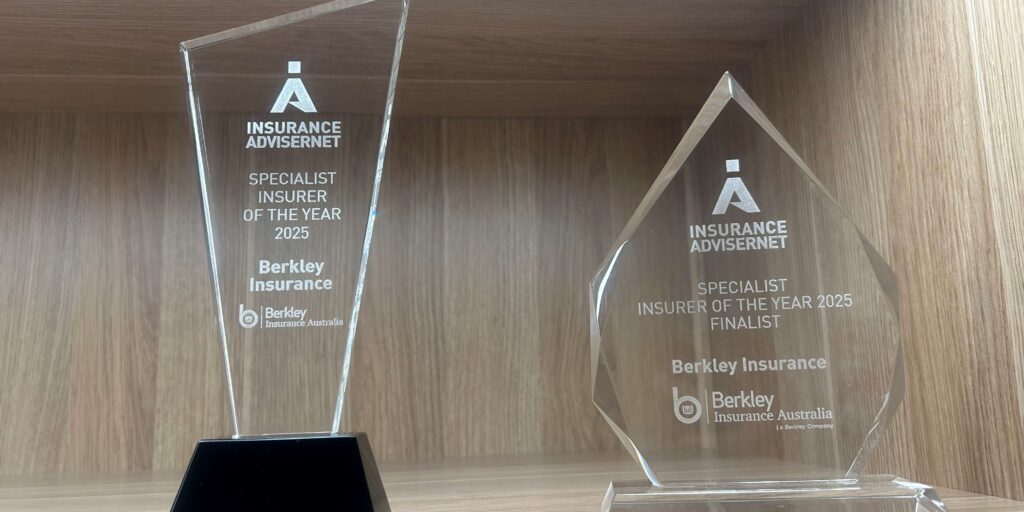
The Importance of Offering Run-Off Insurance
Beware of the consequences of not offering Run-Off Cover. When an insurance broker receives a request to cancel a professional indemnity policy due to the client’s cessation of work, they should explain the claims made and notified nature of the policy and recommend the insured take out Run-Off Cover. Take, for example, a case where an insured received a claim nine months after their professional indemnity policy was cancelled, did not have Run-Off Cover and is now alleging negligence for breach of professional duty against the insurance broker.
Why do you need to offer your clients run-off insurance?
Professional Indemnity and Management Liability insurance policies are written on a “claims made and notified” basis. This means the policy must be in force when the claim is made against the insured and notified to the insurer.
If an insured ceases to operate, you as their insurance broker should recommend they take out Run-Off Cover. If you do not recommend Run-Off Cover and a claim is made against the insured after the policy ceases, the insured may allege you have breached your professional duty of care and seek to recover their losses from you.
How long does a client need run-off insurance for?
The question of how long an insured should take Run-Off Cover for is dependent on their profession and the likelihood of a claim being made against them years after they provided the design or advice. The limitation period to bring a claim for a cause of action based on negligence varies in different jurisdictions throughout Australia. However, the clock does not start on the limitation period until the negligence cause of action accrues. Depending on the jurisdiction, this can be when the person suffers the loss or the date of its discoverability.
What are some examples of run-off cover?
If an engineer provides a design today for a building that is going to take five years to build, and the client only discovers they have suffered a loss at the end of the build, the client could have up to 6 years (depending on the jurisdiction) from the time they discover the loss to bring an action in negligence against that engineer. So in this example, the claim could be made up to 11 years after the original design was provided.
If a financial planner provides retirement advice to a 40-year-old who only discovers they received negligent advice upon their retirement at age 65, that person will have up to 6 years (depending on the jurisdiction) to bring a claim from the time they discover the loss to bring an action in negligence against the financial planner. In this example, the clock would not start ticking for the limitation period until 25 years after the retirement advice was provided.
Can you have multi-year run-off coverage?
Most insurers will offer multi-year run-off options for existing insureds. The premiums will differ depending on the insurer but as a guide, the premium could range from 100% of the expiring premium for 12 months run-off cover to 360% of the expiring premium for seven years run-off cover. An insurance broker should never cancel a professional indemnity or management liability policy without first explaining the claims made and notified nature of these policies and recommending the insured take out Run-Off Cover.
Related Links
Quote and Bind a Policy Instantly
Run-Off Insurance – How Long is Long Enough??
What is Run-Off Insurance? Why Do I Need It?
Important Notice
Berkley Insurance Company (limited company incorporated in Delaware, USA) ABN 53 126 559 706 t/as Berkley Insurance Australia is an APRA authorised general insurer. Information provided is general only, intended for brokers and has been prepared without taking into account any person’s particular objectives, financial situation or needs. Insurance cover is subject to terms, conditions, limits, and exclusions. When making a decision to buy or continue to hold a product, you should review the relevant policy documents.
Share this post on
Inside Berkley Insurance Australia: An Interview with CEO Tony Wheatley
Berkley Insurance Australia Wins Specialist Insurer of the Year for Fourth Consecutive Year
Getting the Best Terms for Clients with Prior Claims


